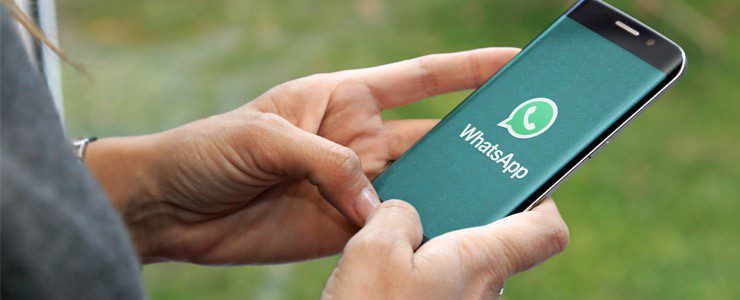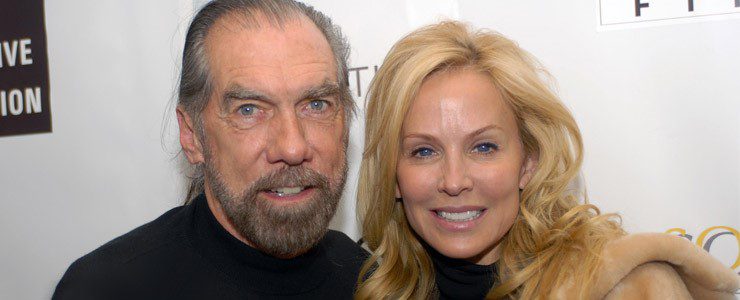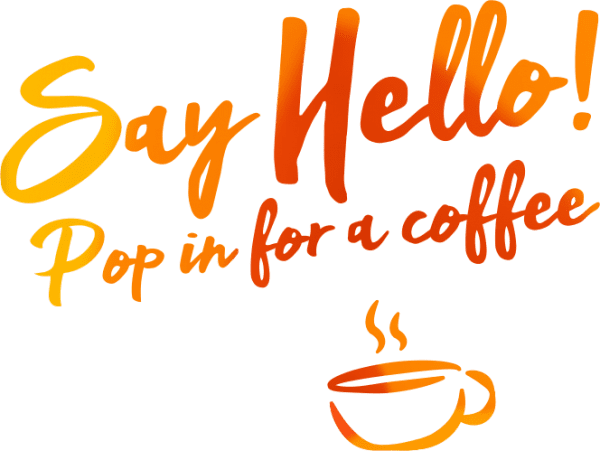
From rags to riches: What’s on, WhatsApp?
WhatsApp is one of the biggest messaging services in the world. The multi-billion-dollar service (now owned by Facebook) enables users to send text and voice messages, make voice and video calls and share images and other media.
Co-founder Jan Koum embodies a real-life ‘rags to riches’ story, having made his fortune of an estimated $10 billion after being so poor he had to queue up for food stamps at his local social services office. The other co-founder, Brian Acton, is a former product tester at Apple Inc, worth an estimated $2.5 billion.
Koum came up with the idea of WhatsApp in January 2009 and founded the company the following month. Acton talked five ex-colleagues from Yahoo into investing $250,000 to fund the new app and was granted co-founder status.
Five years later, the company was sold for a whopping $19.3 billion to Facebook Inc – making its founders instant billionaires. Following the sale, in February 2014, Koum joined Forbes’ list of the 400 wealthiest Americans at number six – the highest-ranked newcomer that year.
Early years
Koum was born in February 1976, in Kiev, Ukraine. He moved, with his mother and grandmother, to California in 1992. They settled in a small apartment through a social support programme. His father was supposed to join them later but never left Ukraine.
The family lived an impoverished life, with Koum’s mother earning a meagre living as a babysitter. Sadly, his mum was diagnosed with cancer and the family went through rough times, living off her disability benefit. Koum took a cleaning job at a grocery store to boost the family income.
He became interested in programming at the age of 18, enrolling at San Jose State University and working at Ernst and Young as a security tester simultaneously.
Meanwhile, Acton, born in Michigan in February 1972, studied computer science at Stanford University, graduating in 1994. He too worked while studying, becoming a systems administrator for Rockwell International and meeting Koum in 1997, while also working at Ernst and Young.
WhatsApp launch
Koum had a knack with computers and joined the Yahoo team in 1998 as a security and infrastructure engineer. He spent nine years working with David Filo, the billionaire co-founder of Yahoo.
Acton was also hired by Yahoo and he and Koum worked there together until they both left in September 2007. After taking a year out to travel around South America, Koum started to consider what to do with his future.
He bought an iPhone and realised that the App Store (then seven months old) was about to launch a whole new generation of apps. In January 2009, he discussed developing his own app with his Russian friend, Alex Fishman, who had some useful contacts, such as Igor Solomennikov, an iPhone developer.
Solomennikov (who advertised his services on RentACoder.com) became one of WhatsApp’s first employees. Koum called it “WhatsApp” as a wordplay on “What’s up”. On his 33rd birthday, on 24th February 2009, Koum incorporated WhatsApp Inc in California, even though the app hadn’t been written yet.
App development
The early days of WhatsApp gave Koum a few headaches. He spent much time creating the backend code to sync the app with any phone number in the world. He spent many frustrating months online, studying international dialling prefixes and updating his app to include the thousands of regional variations.
The early WhatsApp kept crashing when Fishman tried it out on his phone. Very few people downloaded it – only a handful of his own friends showed any interest. They went over the problems and Koum reluctantly decided it may be time to give up on his app and look for another salaried job.
However, Acton told him not to give up so easily and encouraged him to give it a few more months. In June 2009, Apple launched push notifications, so developers could ping users when they weren’t using the app. Koum updated WhatsApp, so when users changed their status, it would ping everyone in their network.
Fishman’s friends started using it to ping each other and somewhere along the line, it became instant messaging. Koum noticed people were using it just for a simple message like, “Hey, how are you?” and someone would respond. He realised he had created a messaging service, where users could reach someone instantly, on the other side of the world.
Business booming
The only app at the time that enabled instant messaging was BlackBerry’s BBM, but it was only available for BlackBerry users. There was Skype and Google’s G-Talk, but WhatsApp was unique because the login was the user’s own phone number.
When Koum released WhatsApp 2.0 with a messaging component, the handful of users suddenly swelled to 250,000. He and Acton started messaging each other on WhatsApp to try it out. Working from the Red Rock Cafe in Mountain View, the second floor was full of people with laptops, writing code.
In October 2009, Acton asked five former Yahoo colleagues to invest $250,000 and officially became co-founder of WhatsApp. He was granted a stake on 1st November. The duo was soon flooded with messages from iPhone users who were excited by the idea of free texting internationally. Suddenly, business was booming, and it wasn’t too long before there were 800 million users, making WhatsApp the largest mobile messaging service in the world.
On 9th February 2014, Facebook founder Mark Zuckerberg invited Koum to have dinner at his home. Ten days later, it was announced Facebook was acquiring WhatsApp for $19.3 billion – making Koum the fourth richest social media entrepreneur in the world.
Communication is important in the workplace to assure the smooth running of your business – and if Koum’s story should teach you anything, it is to never give up on your dream! If you’re fired up with entrepreneurial spirit, get off to the best possible start in Headspace’s flexible workspaces and co-working offices, where communication and collaboration, with like-minded people, will be a breeze.
© Alex Ruhl / Shutterstock.com


